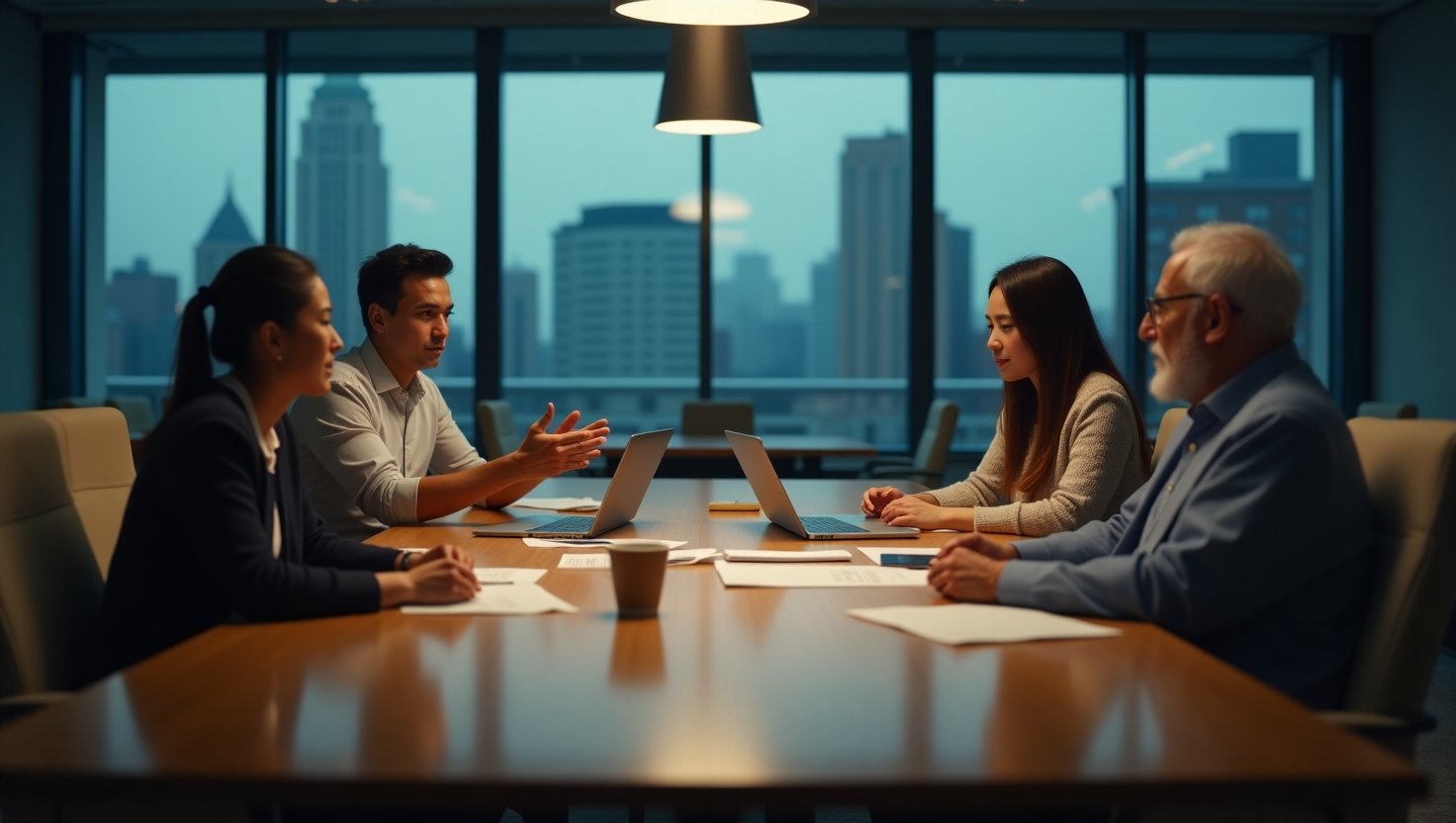Navigating the Complex Landscape of AI Copyrights
Introduction
In recent years, the intersection of technology and law has become increasingly significant, particularly regarding AI copyrights. As artificial intelligence continues to evolve, it brings with it numerous challenges surrounding copyright laws and intellectual property. This article delves into the current landscape of AI copyrights, exploring legal transformations and the implications for creators and AI developers alike. By examining recent judicial decisions and ongoing debates, we aim to shed light on how AI, copyright laws, and fair use are interacting in today’s rapidly changing environment.
Background
Understanding the foundations of AI and copyright laws is crucial. Copyright laws are designed to protect creators’ rights, ensuring they reap the benefits of their intellectual efforts. However, the use of AI to analyze and generate content introduces a complex layer of questions about fair use and intellectual property. Traditionally, fair use allows limited use of copyrighted material without permission from the rights holders, typically for purposes like criticism, comment, news reporting, teaching, scholarship, or research.
One of the pivotal developments in this area involves recent court rulings, such as those related to the company Anthropic. These cases have become illustrative of how transformative use—a key component of fair use—is being interpreted under current law. For instance, a judge ruled that using books to train AI software did not violate copyright law, citing their use as \”exceedingly transformative\” (source: BBC). Such rulings have sparked significant debate about how AI’s role in creative industries should be governed and highlight the growing complexities in this field.
Current Trends
The legal landscape for AI copyrights is evolving rapidly. A notable trend is a judicial acknowledgment of using copyrighted materials for training AI models under the fair use doctrine. This shift signifies a broader acceptance of AI’s transformative potential. However, there remain lingering concerns about copyright infringement, particularly when it involves pirated materials.
For instance, although Anthropic secured a major legal victory, with a court ruling that its training practices fell under the \”fair use\” doctrine, the company faces trials regarding alleged piracy of over seven million books (source: Wired). This highlights a stark contrast: while using copyrighted materials for AI training could be permissible under certain conditions, outright piracy is not excused by the potential transformative use in AI development.
This dual approach in legal rulings illustrates the nuanced understanding required in the world of AI copyrights. It is akin to navigating a maze, where each turn offers possibilities and pitfalls, dependent on how intellectual property laws are applied practically.
Insight
As AI continues to integrate into various industries, understanding the legal implications of using copyrighted material is increasingly important. Insights from recent legal cases suggest that while certain uses may be transformative, the repercussions of copyright violations can be substantial. For instance, compensatory damages for alleged infringements can reach up to $150,000 per work, illustrating the serious financial risks involved (source: BBC).
Exploring the nuances of these rulings reveals critical insights: AI developers must balance innovation with compliance, ensuring that their use of copyrighted material is genuinely transformative rather than exploitative. Creators, on the other hand, must stay vigilant, as their works could be utilized in AI training scenarios without direct compensation—though with potentially transformative results.
In effect, the legal landscape acts as both a catalyst for AI innovation and a protector of creators’ rights. Striking this balance is key to fostering an environment that supports both technological advancements and the fair remuneration of original idea creators.
Forecast
Looking forward, the landscape of AI copyrights is poised for significant shifts. We anticipate more robust discussions around ethical AI use and potential reforms of copyright laws to better accommodate technological advancements. As AI continues to evolve, there’s a growing need for legislative frameworks that address the unique challenges posed by generative AI.
Potential future implications could include the development of more explicit guidelines defining what constitutes transformative use. Additionally, we may see the advent of international cooperation to harmonize AI copyright laws across borders, given the global nature of technology.
These trends will undoubtedly impact the future of AI and intellectual property, influencing how developers innovate and how creators protect their works. The coming years are likely to witness a dynamic interplay between these forces, shaping the landscape of AI innovation and intellectual property rights.
Conclusion and Call to Action
As we navigate the complexities of AI copyrights, it is essential for creators, developers, and legal professionals to stay informed and engaged. This evolving landscape presents both challenges and opportunities for innovation. It’s crucial to join the conversation about AI, copyright laws, and fair use—your voice matters in shaping the future of intellectual property rights.
Whether you are a developer harnessing the power of AI or a creator protecting your intellectual treasures, staying abreast of legal changes and emerging trends will be integral to leveraging opportunities while safeguarding rights. Engage in ongoing discussions, participate in dialogues, and contribute to evolving policy frameworks, as your insights could help guide the pathway of AI and copyright interactions in the future.

